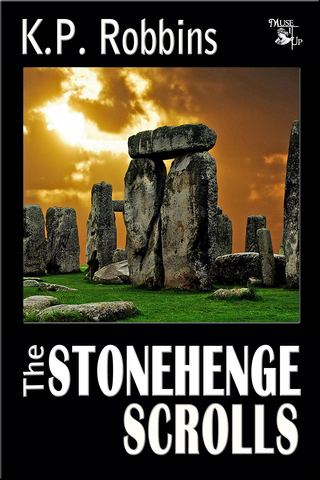Did Irish Builders Design Stonehenge?
March 01, 2013 (PRLEAP.COM) Entertainment News
Just in time for St. Patrick's Day, a recently published novel claims that Irish builders designed Stonehenge. In "The Stonehenge Scrolls," American author K.P. Robbins writes that a guild of monument builders trained at Ireland's Newgrange and then traveled the British Isles to supervise construction of ancient sites, including Stonehenge.Robbins, who calls herself a "stone chaser," noted similarities among the many stone circles, cairns and tombs she has studied in England, Ireland, Scotland, Wales and Brittany over the years, which led her to the Irish builders theory. In "The Stonehenge Scrolls" she writes, "Even though not at all centrally located at the very western edge of Europe, Newgrange was the center of the action in Neolithic times, as evidenced by the wealth of beautifully carved stones there and at nearby Knowth and Dowth in the Boyne Valley. Several centuries older than the stone circle at Stonehenge, Newgrange hints that the Irish may have started western civilization, not just saved it."
Both Stonehenge and Newgrange are World Heritage sites, but archaeologists say the latter is at least 500 years older. At Newgrange, located north of Dublin, a huge burial mound covers a passageway leading to an interior room large enough to hold 20 people. During the winter solstice sunrise and only then, sunlight travels down the passage and illuminates the interior. If that sounds like something from a Hollywood movie, keep in mind that Newgrange was built over 5,000 years ago.
Stonehenge is also aligned to a solstice, although there is some disagreement as to whether it's the summer solstice sunrise, as modern-day Druids claim, or the winter solstice sunset.
Robbins wrote the first draft of "The Stonehenge Scrolls" while living in Ireland near another noted archaeological site, Carrowmore in County Sligo.
"The Stonehenge Scrolls" is published by the Canadian publisher MuseItUp Publishing as an e-book and is available on Amazon and Nook. To read an excerpt, go to www.TheStonehengeScrolls.com.
